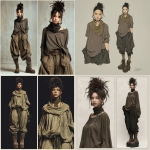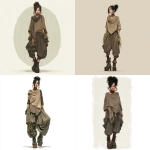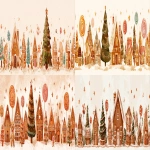Explore the Best AI Image Gallery
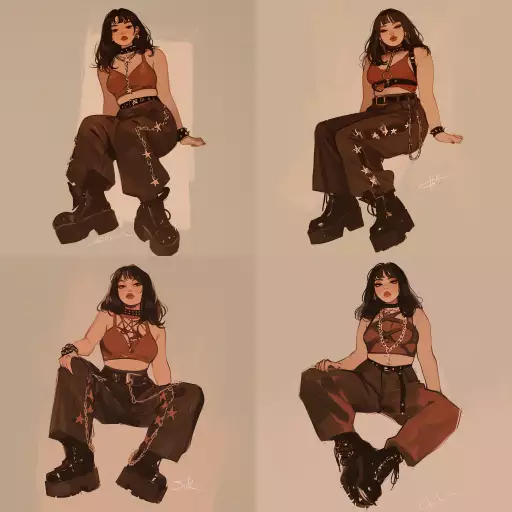
AIs Brushstrokes: Reshaping the Graphic Design Landscape
The realm of graphic design is undergoing a seismic shift, propelled by the rapid advancements in artificial intelligence (AI). From generating captivating visuals to streamlining workflows, AI tools are becoming increasingly integrated into the creative process, offering both exciting possibilities and complex challenges. This blog post explores the multifaceted impact of AI on graphic design, examining its potential applications, ethical considerations, and the evolving landscape of creative work.
The Rise of AI-Powered Design Tools
A new generation of AI-powered design tools is empowering designers with unprecedented capabilities. These tools leverage machine learning algorithms to analyze vast datasets of images, patterns, and design principles, enabling them to:
- Generate original designs: AI can create unique logos, illustrations, website layouts, and even marketing materials based on user prompts and stylistic preferences.
- Personalize designs: AI algorithms can analyze user data and tailor designs to specific demographics, interests, and brand identities.
- Automate repetitive tasks: AI can automate time-consuming design tasks such as resizing images, creating color palettes, and generating variations of a design.
These tools are not intended to replace human designers but rather to augment their capabilities, allowing them to focus on higher-level creative tasks, strategy, and client collaboration.
The Creative Potential of AI
Beyond automating tasks, AI has the potential to unlock new avenues of creativity:
- Exploring novel concepts: AI can generate unexpected design ideas and combinations that might not have occurred to human designers.
- Breaking creative barriers: AI can help designers overcome stylistic limitations or technical challenges, expanding the boundaries of what is visually possible.
- Facilitating collaboration: AI tools can bridge communication gaps between designers and clients by translating design concepts into easily understandable visualizations.
Ethical Considerations in AI-Driven Design
As with any powerful technology, the integration of AI in graphic design raises ethical considerations that require careful attention:
- Bias and fairness: AI algorithms can perpetuate existing biases if they are trained on biased datasets. It is crucial to ensure that AI design tools promote inclusivity and represent diverse perspectives.
- Copyright and ownership: Questions arise regarding the intellectual property rights of designs generated by AI. Legal frameworks need to evolve to address the ownership and attribution of AI-created works.
- Transparency and accountability: It is important that designers and clients understand how AI tools arrive at their design outputs. Explainability in AI algorithms can help build trust and ensure responsible use.
The Future of Graphic Design: A Collaborative Landscape
The future of graphic design lies in a collaborative partnership between human creativity and AI technology. As AI tools continue to evolve, they will empower designers with new capabilities, enabling them to push the boundaries of creativity and deliver innovative solutions.
However, it is essential to approach this integration responsibly, addressing ethical considerations and ensuring that AI serves as a tool to enhance human creativity rather than replace it. The ultimate goal is to create a future where AI and human designers work together to shape a visually compelling and meaningful world.


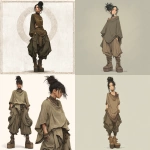


](https://images.ai-img.art/thumbnails/150/ec0cb0bee85af7229e33a02acb89441c1cf702d21b383b244148fbc0d36b85dc.webp)
















](https://images.ai-img.art/thumbnails/150/21e921e68d4754d45ff17adc76eeaabe152c41a580321a7ec899dcfdf935afca.webp)



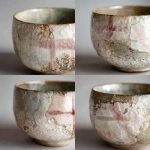



](https://images.ai-img.art/thumbnails/150/a386b7328d9a450c8a0cafbdad5815eeb35b0177d0e8fa85f97cbaa5fee75954.webp)



](https://images.ai-img.art/thumbnails/150/42d2d357bc68a8f707abfc29c35e7c9b5388d6559e4e2b94ba648cf0cf734bb1.webp)


